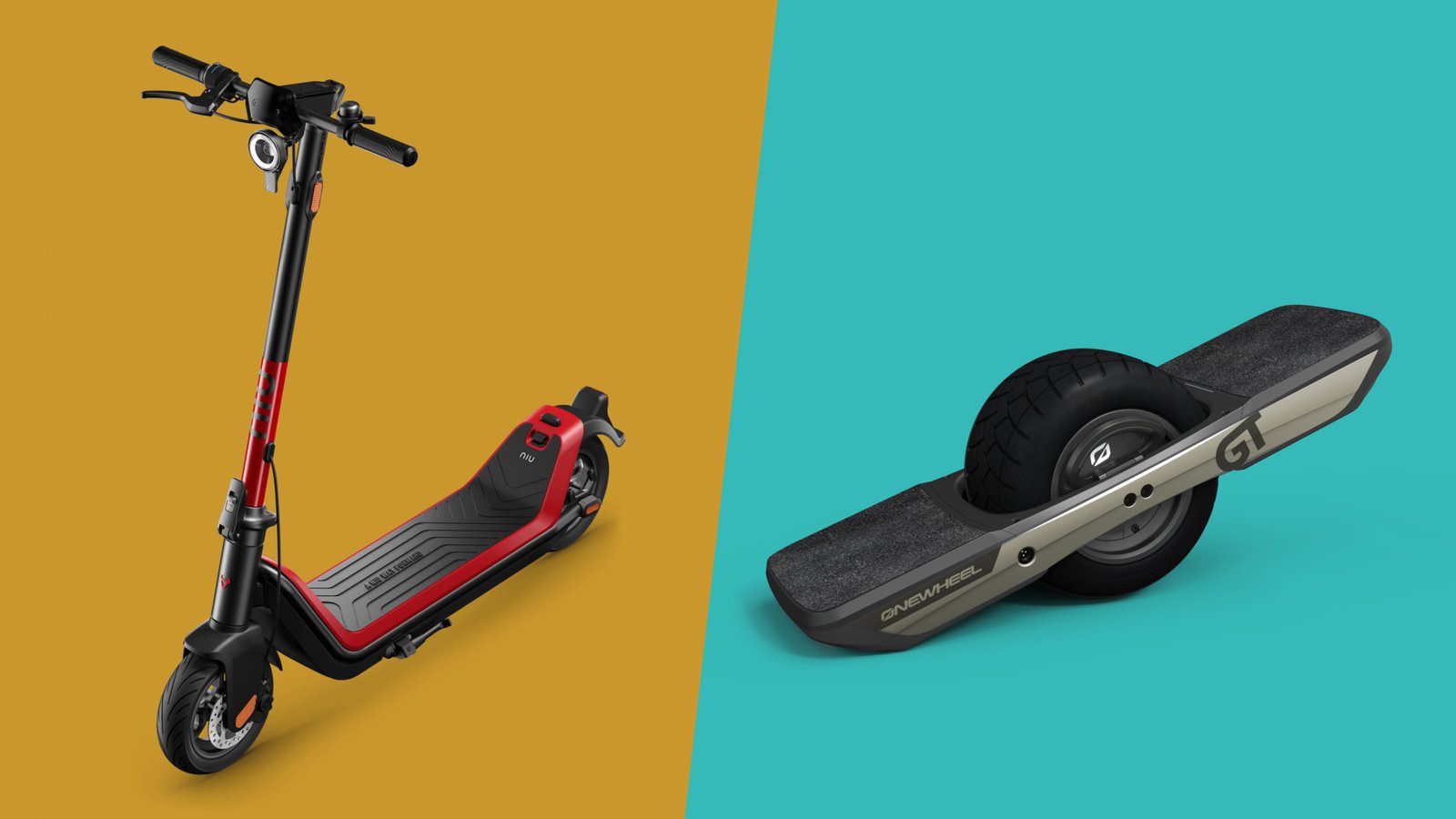
COVID-19 & the E-Mobility Boom
🛴 Onewheel, EUC, E-Scooter Trends Unpacked 🛴
Discover how the COVID-19 pandemic sparked a surge in electric mobility. From Onewheels and electric unicycles (EUCs) to E-Scooter, consumers turned to personal transport solutions to avoid crowded public spaces and embrace eco-friendly commuting. This e-mobility boom reshaped urban transportation, with demand for vehicles like the Segway Ninebot series reaching all-time highs.
Whether you’re exploring new ways to get around, or just curious about how global events influence micromobility trends, this article breaks down how COVID-19 accelerated the rise of e-scooters and what it means for the future of personal travel.
🚀 Explore market growth, evolving user preferences, and the top models that gained traction during the pandemic.
👇 What People Also Ask About Segway Scooters
▸ Are Segway electric scooters reliable?
Yes, Segway scooters like the Ninebot series are known for their durability, safety features, and consistent performance for everyday commuting.
▸ Which Segway scooter is best for adults?
Popular adult models include the Segway Ninebot MAX G2 and F2 Pro, offering long range, solid tires, and great comfort for urban travel.
▸ Can Segway scooters go uphill?
Yes, higher-end Segway models feature powerful motors that handle inclines up to 20%, depending on rider weight and terrain.
▸ How long do Segway scooter batteries last?
Battery life varies, but most last between 500–1000 charge cycles, with top models offering up to 70 km per charge.
▸ Are Segway scooters waterproof?
Many Segway models offer water resistance (e.g., IPX5 or IPX7), meaning they can handle splashes or light rain, but not full submersion.

